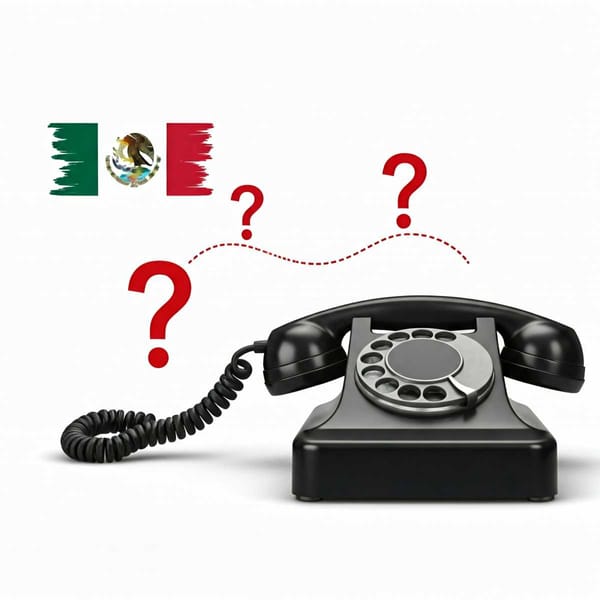Fun facts you should know about the Christmas holidays
From the Christmas posadas to the debate over the date of Jesus' birth and the existence of the star of Bethlehem, here's what you should know.

Everything from the Christmas posadas to the debate over the date of Jesus' birth and the existence of the star of Bethlehem, here's what you need to know.
The starting date of the posadas
The posadas are a very important tradition in Mexican culture. These celebrations begin nine days before Christmas, that is, on December 16. The traditional posadas are a representation of the journey that Saint Joseph and the Virgin Mary made to Bethlehem looking for a place to stay before the birth of Baby Jesus. A possible antecedent of the posadas is the Aztec festivity dedicated to the arrival of Huitzilopochtli, who was the god of war and was celebrated during the month of panquetzaliztli, equivalent to December. These solemn festivities began on the sixth day and lasted 20 days.
The carol that is part of the Intangible Cultural Heritage of Unesco
Although in recent times "All I want for Christmas is you" sound in any gathering, the most emblematic Christmas song has been "Silent Night" (Silent Night, in English or Stille Nacht, Heilige Nacht, in German). It was first performed at Christmas in the year 1818 in a small German town called Oberndorf and so far the song has been translated into more than 300 languages and dialects, including Latin. It was in 2011 that it was added to Unesco's Intangible Cultural Heritage list.
The date of Jesus' birth, according to the Bible
Neither December 24 nor December 25. You may be surprised to know that the Bible never mentions a specific date of Jesus' birth and in fact, some say it wasn't even in the city of Bethlehem. It was not until the year 345 that December 25 was officially established as "Christmas Day" for the Nativity of Christ. With this, Christmas took the place of thousands of ancient pagan winter solstice celebrations such as the feast of the Sun or Saturnalia, which honored the agricultural god Saturn with feasting, gambling, and gifts.
The saint who inspired the figure of Santa Claus
Saint Nicholas of Myra or Saint Nicholas of Bari was a Turkish bishop who lived in the 4th century AD and became famous for his gift-giving habit. Incidentally, the name Nicholas means "protector and defender of the people". The cult of St. Nicholas came to New York in 1621 with the Dutch emigrants and their writers turned the Dutch patron saint - Saint Klaas - into Santa Claus.
We owe the current image of Santa Claus to a Coca-Cola advertising campaign that in 1931 commissioned the painter Habdon Sundblom to remodel the character to make him more human, attractive, and credible. However, St. Francis of Assisi also contributed to Christmas. In 1223, he celebrated mass inside a cave in Greccio where he had installed a manger with a stone image of the Christ Child and a live ox and donkey, thus establishing the tradition of the "Nativity" or "Bethlehem".
The Star of Bethlehem
Although in many artistic depictions, the Star of Bethlehem looks like a comet, the debate among astronomers, historians and theologians now lean more toward the theory that the phenomenon is rare triple conjunction of the Earth with the planets Jupiter and Saturn. In December 2017, astronomer Aleks Scholz of the School of Physics and Astronomy at the University of St Andrews (Scotland) published a paper explaining that he has concluded that what the wise men saw in the sky was planetary conjunction. The first scientific explanation to the legend was proposed by Kepler in 1606 and detailed that this would have occurred in the year 7 BC. This phenomenon could be seen from December 16 to 21, 2020.
The meaning of piñatas
Although today's piñatas can be almost any shape or character, the star-shaped ones are part of Christmas traditions and can never be missed in family celebrations. This traditional piñata shape would have been popularized by the Spanish friars who evangelized America, and from their vision, the 7-pointed star shape represents the 7 deadly sins. Therefore, breaking it means that sin is being conquered and the sweets show the reward for will, virtue, and faith.




